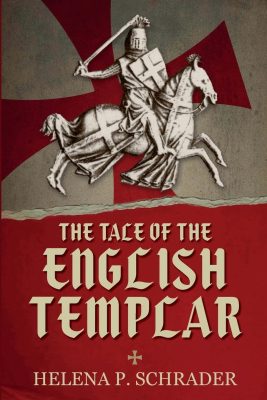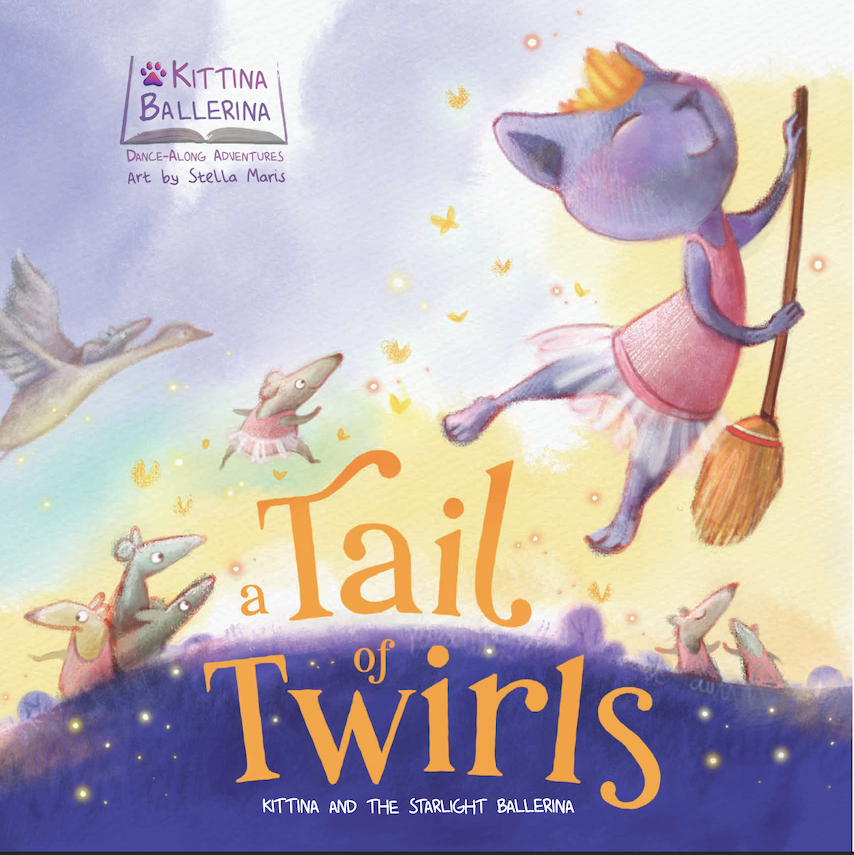The Yi Jing, the most ancient of the Chinese classics, is both a book of philosophy and an intuitive divination tool. Its timely wisdom maps the world of change through its sixty-four Hexagrams, each representing a distinct message and point of view. Chinese culture pays deep homage to The Yi Jing as a source of the highest truth. It has many benefits and is especially useful as an intuitive approach for delivering wisdom and understanding. The Yi Jing is also called The I Ching or The Book Of Changes.
The author makes no claims that his version is either complete or authoritative. Rather the text offers a “sincere attempt to faithfully express the Spirit of the Yi Jing themes.” The Oracle works through the Hexagram, a message in six parts. This is achieved by casting three coins, each with a heads and tails side (or a Yang and Yin side, the two complimentary forces that guide the universe). The seeker throws the three coins at the same time to determine each line of the six line reading.
Hexagram readings are both simple and practical. They offer specific advice for balance, harmony, and creative action. They run the gamut from advising seekers that the moment is right for powerfully moving ahead, as in “The Creative” (Hexagram 1), to advising on how to deal intelligently with a time of “Conflict” (Hexagram 6). An essential principle found in The Yi Jing is that all human affairs follow a cycle of growth and decay.
The philosophical voice of Confucius resonates through these pages, adding the message of “universal benevolence” to the original texts. That Confucian goal is not merely to gratify the self, but rather to create a society where humanity can be harmoniously connected to self, family, community, King, and Heaven. Like many versions of The Yi Jing this one offers some Chinese-style illustrations of the adage “as above, so below” which is a way of describing how earthly nature reflects and compliments cosmic Heavenly influence.
A brief illustration may show how The Yi Jing speaks to us.
A recent family crisis led me to seek a Yi Jing Oracle reading for guidance. My first impulse was to move swiftly with little reflection and make rapid changes, such as evicting one of my family members and placing another in care. The Oracle advised me that such a course of action would not work. I received “Restraint” for the first Hexagram and a second Hexagram, “Discipline”, which further clarified the situation. A few weeks later I recognized how appropriate the advice was that the Oracle had given me. Impulsive action would have destroyed significant relationships, possibly forever. While unresolved, the way has been left open for deeper bonding and mutual understanding among all the conflicting parties.
The Way of Harmony is clearly and elegantly written while providing a lucid, highly intelligible, and sensitive account of the three thousand-year-old masterpiece The Yi Jing and introducing readers to its spiritual counterpart The Dao De Jing.
Readers are invited to take the time to explore their own capacity for intuitive wisdom by using The Way Of Harmony as a guide. It is a way to quiet your mind and encourage feelings of deep harmony.
My advice is to make a cup of tea, take some time to relax, and read The Way Of Harmony, a modern text that draws on ancient wisdom, making it accessible and practical in these hectic and over stimulating times.
Note: The Way Of Harmony is available in three versions: as a print book with color illustrations, as a print book with B&W illustrations, and as an ebook with color illustrations where the e-book format display allows for color. There are only three illustrations, each distributed several times through the book. These original creations are meant to evoke a peaceful mood that compliments the Yi Jing experience. We are told that the illustration on the cover of the color books, a misty mountain painted in the traditional Daoist style, was inspired by a famous centuries old handscroll and interpreted by a classical brush and ink artist living in China. It also appears within all the book’s versions.










Leave A Comment